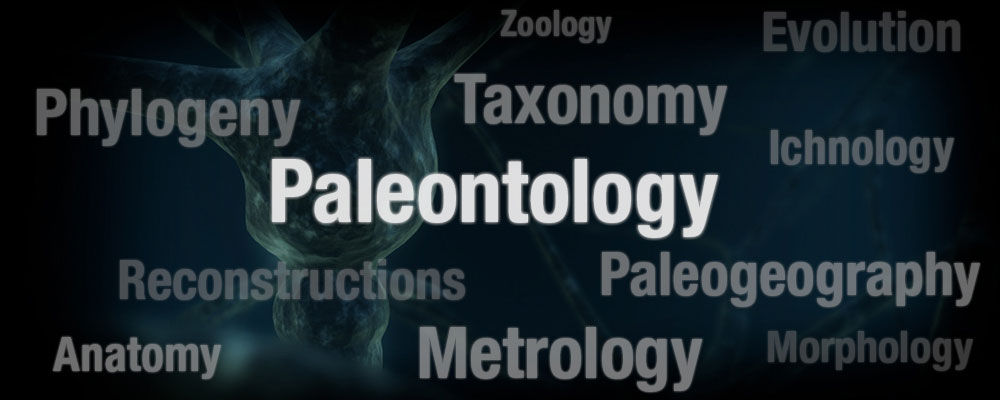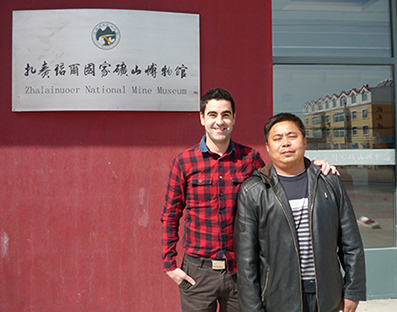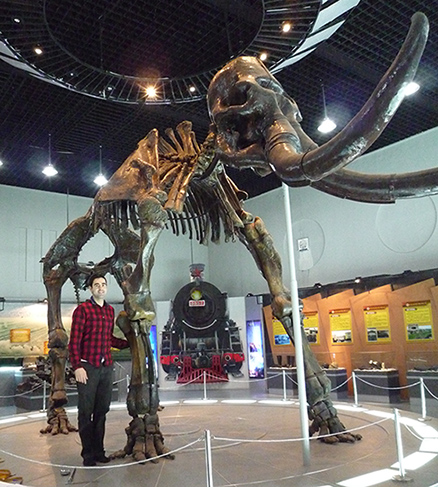
Publications > Songhua River Mammoths
- Bruhathkayosaurus body mass
- Dinosaur densities press release
- Tetrapod body densities
- Sauropod Encyclopedia
- Palaeoloxodon skull evolution
- Palaeoloxodon poster
- Theropod Encyclopedia
- P. antiquus from Germany
- The Body Size of Proboscideans
- Siculo-Maltese dwarf elephants
- Songhua River Mammoths
- Dinogeography
Author: Asier Larramendi
All began in late 2007 when I was on the trail of some incredibly large proboscideans found in Inner Mongolia during the 1980s. There wasn’t practically anything published and the information was very scarce, there were only a few replicas based on the skeletons found, like the gigantic cast exhibited at Ibaraki Nature Museum. These remains were assigned to a species of mammoth poorly known from the European view, Mammuthus sungari, colloquially known as the Songhua River Mammoths.
After many debates with my friend Rubén Molina and contacting various Asian colleagues and experts, I came to the conclusion that despite the importance of these findings, there wasn’t made any deep research on them, just a brief description by Li et al. (1982 ).
Three years later all changed, I was invited by my colleague and expert on mammoths Dr. Chun- Hsiang Chang to a trip in China to study these mysterious skeletons. Then, after talking with the Museum of Inner Mongolia and the Museum Mine Zhalainuoer, finally we organized the trip for the month of April 2011, which gave me the opportunity to investigate the fossils in-situ.
The remains to study were three individuals, the first two were discovered in 1980 in the Lingquan Strip Mine of Zhalainuoer, Inner Mongolian Autonomous Region, China. Four years later, in March 1984, a third very large and near-complete skeleton, No. 3, was found in the same mine.

Asier Larramendi and Wang Han-jun (director of cultural activities ) in front of Zhalainuoer National Mine Museum. April 2011
In the April 12, 2011 I arrived at the Beijing airport where waited for me Chun- Hsiang Chang and his family. Thanks to them, a few days later we traveled to the city of Hohhot where the Regional Museum of Inner Mongolia and the two specimens found in 1980 are located. When we arrived, there was a prepared room with much of the material discovered, mainly vertebrae and some post- cranial bones. The thoracic vertebra nº3 caught my attention because it measured one meter high!. After a brief inspection of the material we move to the collection where more bones of the two individuals were saved . The material was stored at room, consisted of two tusks over 3 meters and bones of the appendicular skeleton. The remains were not labeled, so that the remains of two individuals were mixed, but could be differentiated because of the enormous size of one of them, this one represents one of the largest proboscideans discovered. After taking the corresponding annotations, we returned to Beijing and a few days later we traveled to Zhalainuoer ( Manzhouli ) to visit the Mine Museum in Zhalainuoer where the No. 3 skeleton unearthed in 1984 is exhibited. Upon reaching the city, some colleagues picked Chun- Hsiang Chang and me in a van and take us to the museum. Han Wang Jun, director of cultural activities, was waiting for us. I was very nervous and excited because the desired moment had finally come; study one of the most complete, big and mysterious skeleton of proboscidean ever found. The first impression of the mounted skeleton was its huge size, completeness and the good preservation. Only a few bones were missing such as the sternum and the left fibula (restored in plaster). The skull and a left tusk were exposed in a glass case, unfortunately poorly preserved, except lower jaw, it was in very good condition . At first glance, the cranial and dental morphology along the curvature of the tusks made me think it was a kind of mammoth, there was no doubt. This thought was also shared by my colleague Chun- Hsiang Chang. Furthermore, a recent paper published by Wei et al. (2010 ) is of the opinion that these skeletons belonged to the steppe mammoth Mammuhtus trogontherii , although they had not studied the material in situ.
It took two days to study and take the measurements of all the bone elements.

Asier beside Zhalainuoer III skeleton
After carefully analyzing the remains, I was able to determine that in fact these remains belong to M. trogontherii species, as indicate the primitive molars, the morphological characteristics of the mandible and large body size. One of the most surprising thing, is that as indicated some radiocarbon dates based on some coprolites found alongside skeletons ( Li et al. 1982, 1984 ) and a Sedimentological study of the area ( Bin Xue et al. 2003 ) these skeletons belonged to the Late Pleistocene (about 33.000 years BP). This means, contrary to the widely held view that the steppe mammoth became extinct much earlier, the last European record of M. trogontherii dates from approximately 200.000 years BP (Lister and Stuart 2010). On other hand, it should be noted that the skeleton No. 3, is the first skeleton of M. trogontherii with all caudal vertebrae preserved, 23 in total, only two more than for woolly mammoths, M. primigenius . Such a short tail indicates that these animals were cold-adapted, as well as suggest the gelid climate of the area at that time, so it is more than possible that the steppe mammoths was covered by a thick coat of hair. The enormous size of these specimens (No. 3 almost four meters at the shoulders and ten and a half tons of body mass. Worth noting that one of the two specimens in the collection of the Museum of Inner Mongolia, is 10% larger than the No. 3) imply that the hairs would be considerably shorter than in M. primigenius .
Finally the steppe mammoths found in Zhalainuoer, show derived and primitive characteristics. Hypothesis like an stasis in some anatomical features or the possibility of an intogression occurred among different populations are open.
References:
Li Xingguo, Liu Guanglian, Xu Guoying, Li Fengchao, Wang Fulin, 1982. Periglacial phenomema at the east opencut coal mine of Zhalianuoer in Inner Mongolia and their geochronology. Journal of glaciology and geocryology. V4(3): 65-72
Li XG (1984) Preliminary study on the chronology of late Pleistocene strata of east open mine, Zalainur, Inner Mongolia. In: Collection of 1st National 14C Seminar, Science Press, Beijing, pp.136-140
Lister, A.M. & Stuart, A.J., 2010 The West Runton mammoth (Mammuthus trogontherii) and its evolutionary significance. Quaternary International 228, 180-209.
Wei, GB., Hu, SM., Yu, KF., Hou, YM., Li, X., Jin, Cl ., Wang, Y., l hao, lX., Wang, WH., 2010. New materials of the steppe mammoth, Mammutlllls trogontherii, with discussion on the origin and evolutionary patterns of mammoths. Science China, Earth Sciences, 53, 7: 956-963
Xue, B., Qu, W., Wang, S., Ma, Y., Dickman, M.D., 2003. Lake level changes documented by sediment properties and diatom of Hulun Lake, China since the late Glacial. Hydrobiologia 498, 133–141





